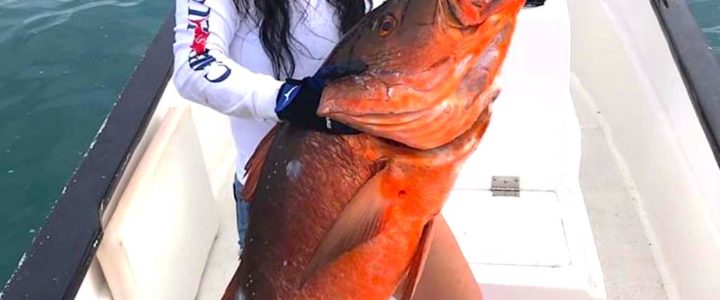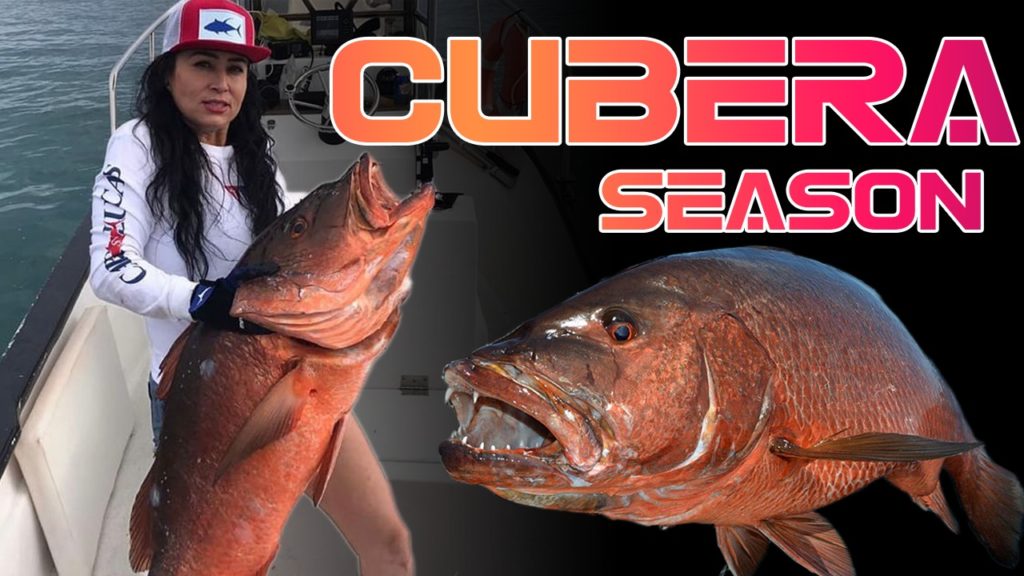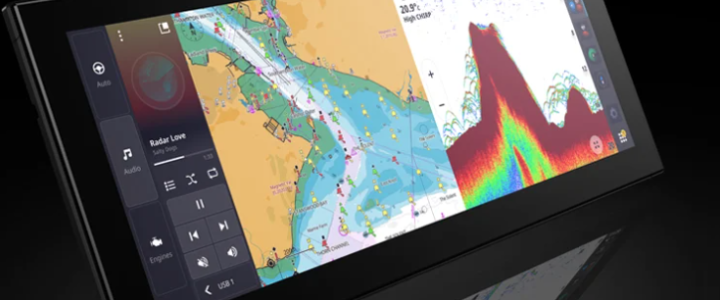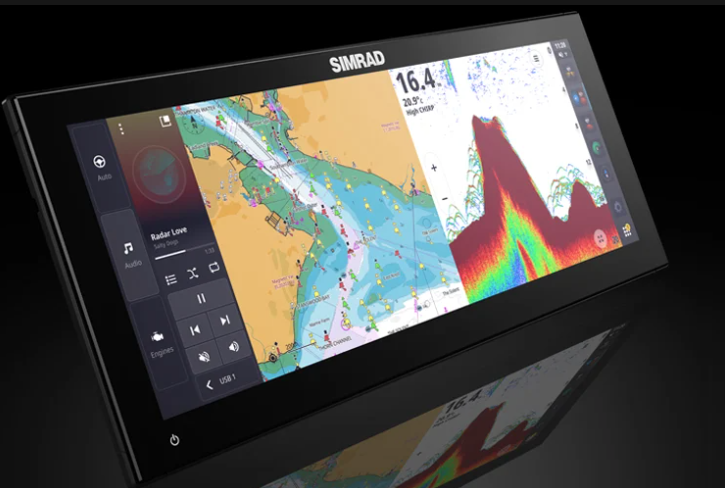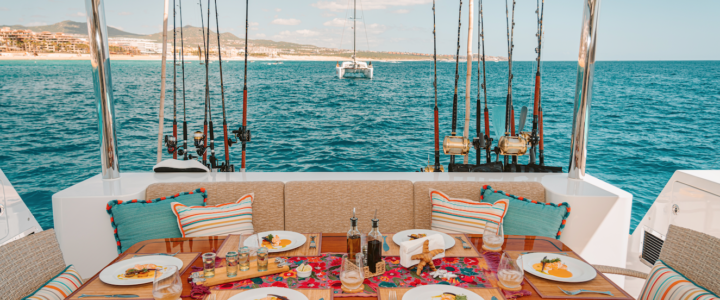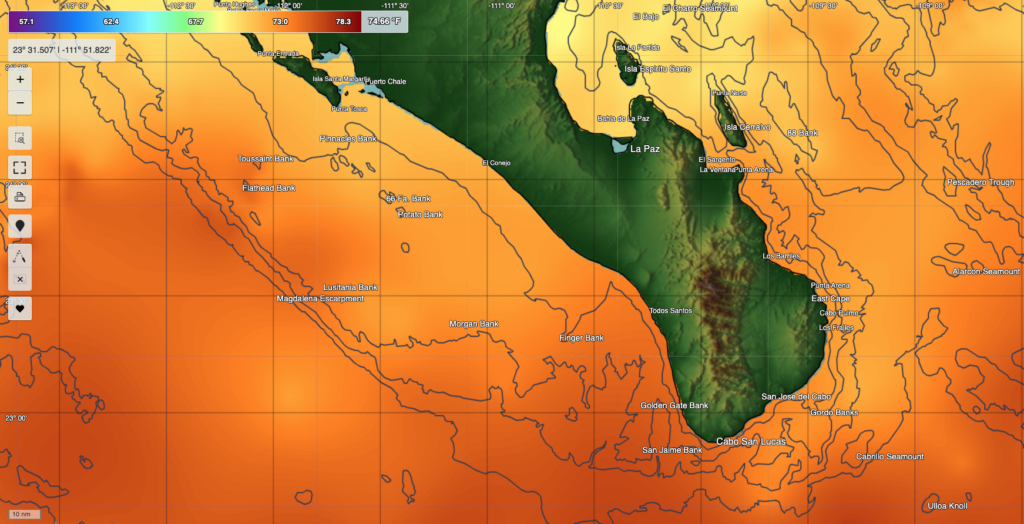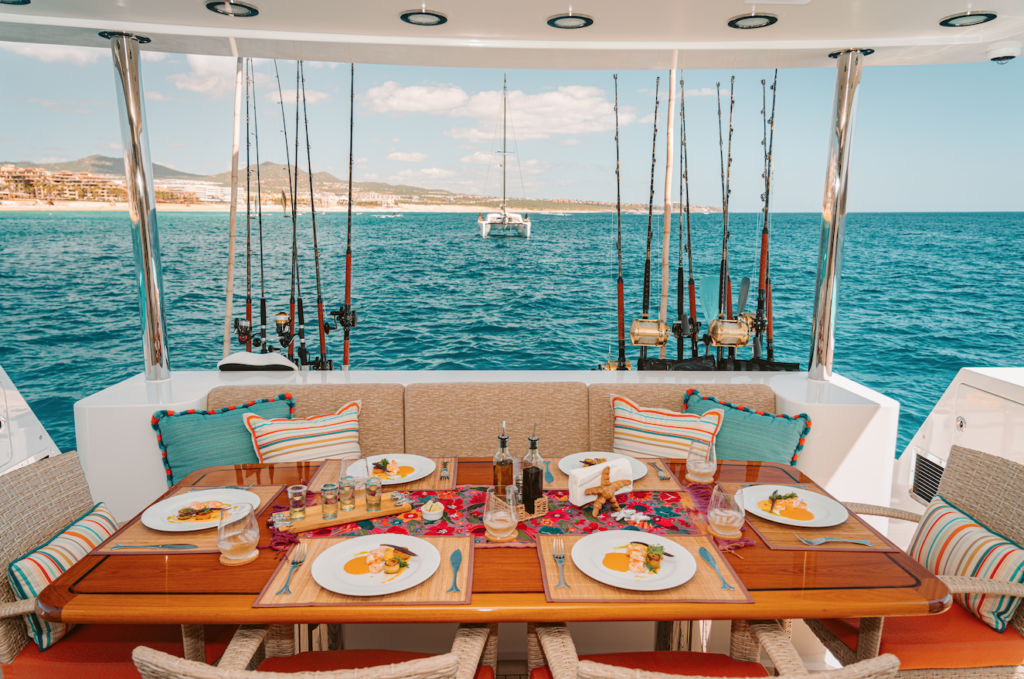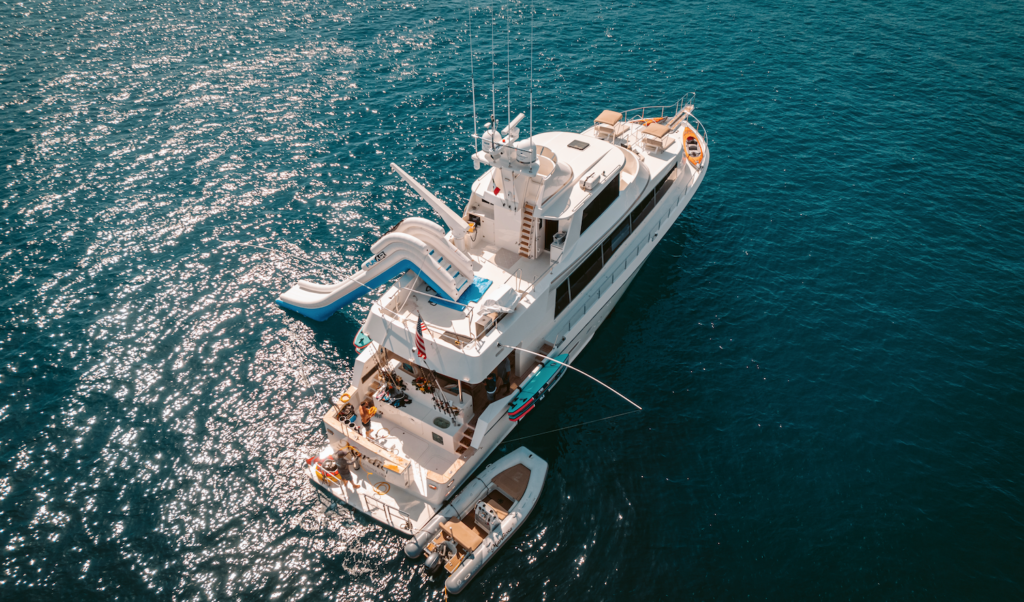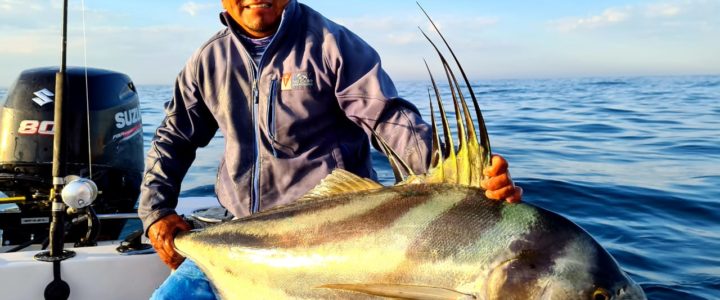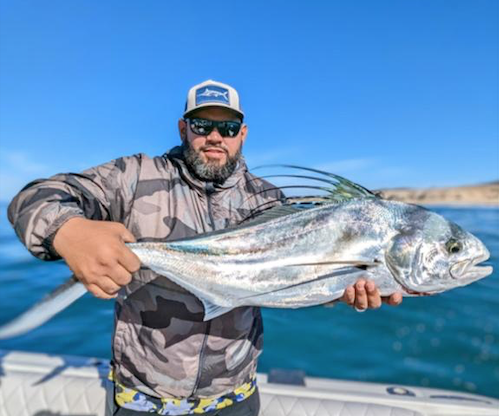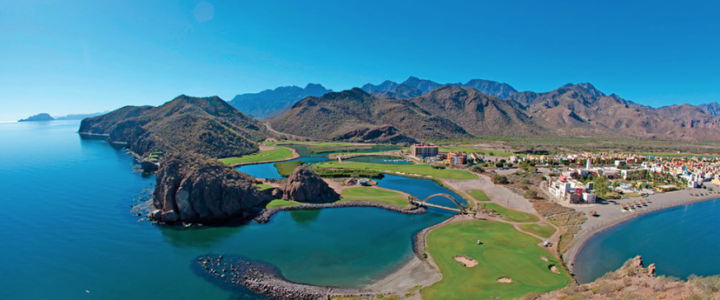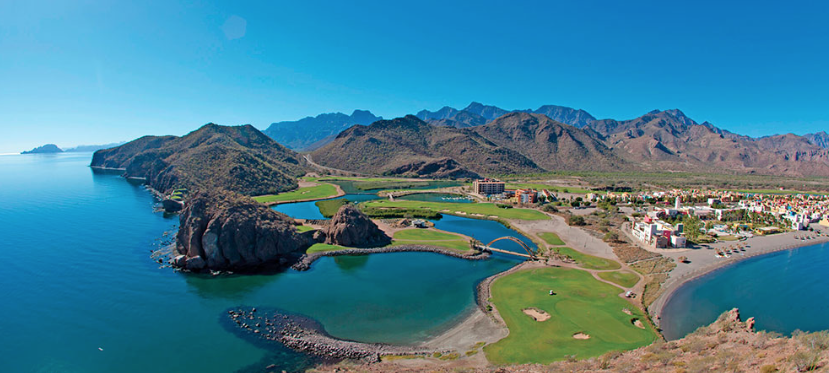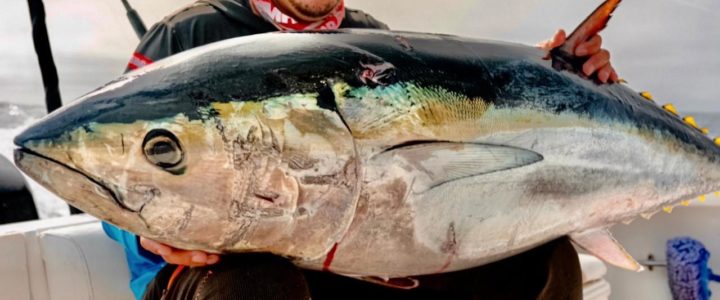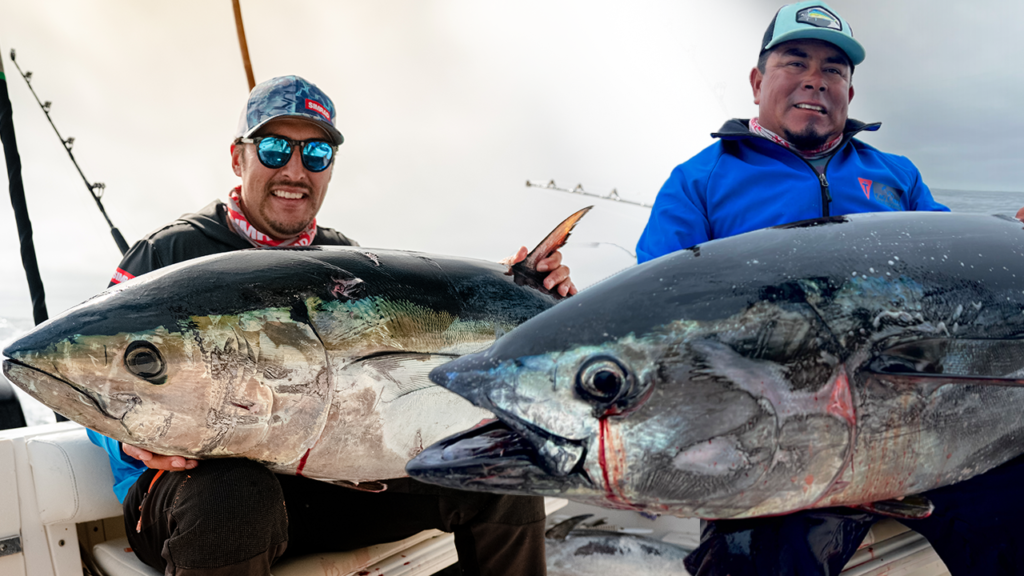World’s Best Destinations for Cubera Snapper Fishing
For avid anglers and adventure seekers, the quest for the elusive Cubera snapper is not just a fishing trip; it’s a thrilling pursuit that takes them to some of the most breathtaking fishing destinations around the globe. Known for their formidable size and fighting spirit, Cubera snappers offer an unparalleled fishing challenge. Here, we explore the top destinations where you can embark on this exciting adventure, including the best times of the year to cast your line.
1. Cabo San Lucas, Mexico – The Crown Jewel of Cubera Fishing
Nestled at the southern tip of Mexico’s Baja California Peninsula, Cabo San Lucas is a paradise for those chasing the mighty Cubera snapper. The deep waters off the coast of Cabo are teeming with life, offering some of the best sportfishing experiences in the world.
Best Time to Visit: The prime months for Cubera snapper in Cabo San Lucas are from July to October. During this period, the waters warm up, attracting an abundance of snappers and other game fish. Whether you’re a seasoned angler or a novice, the experienced crews of Tag Cabo Sportfishing are ready to guide you to the hot spots where these giants lurk.
2. Panama – The Unspoiled Gem
Panama’s rugged coastline and the rich waters of the Pacific and Caribbean sides make it an exceptional destination for Cubera snapper fishing. The country’s numerous fishing lodges offer access to some of the most prolific fishing grounds where these snappers are found in abundance.
Best Time to Visit: April to June marks the peak season for Cubera snapper in Panama. The weather conditions and water temperatures create the perfect environment for snapper fishing during these months.
3. Costa Rica – A Tropical Fishing Haven
Costa Rica’s diverse habitats, including mangroves, reefs, and offshore seamounts, provide ideal conditions for a variety of species, especially Cubera snapper. The country’s Pacific coast, particularly the areas around the Nicoya Peninsula and Osa Peninsula, is renowned for excellent snapper fishing.
Best Time to Visit: The optimal time for targeting Cubera snapper in Costa Rica is from May to August. This period coincides with the rainy season, which significantly increases the chances of a successful catch due to the snappers being more active.
4. Florida Keys, USA – A Gateway to Diverse Fishing Adventures
The Florida Keys offer a unique blend of shallow flats and deep-sea fishing, making it a versatile destination for anglers. The Keys are home to a variety of snapper species, with Cubera snapper being a prized catch for those fishing around the wrecks and reefs.
Best Time to Visit: Cubera snapper can be targeted in the Florida Keys from June to August, when they spawn. This is the best time to catch larger specimens, as they are more plentiful and active around the full moon.
Tips for a Successful Cubera Snapper Fishing Trip
- Hire a Local Guide: Local knowledge is invaluable. Consider booking a trip with reputable charters like Tag Cabo Sportfishing to increase your chances of a memorable catch.
- Use the Right Gear: Cubera snappers are strong fighters. Heavy tackle, strong lines, and live bait such as lobsters or crabs can make a significant difference.
- Preserve the Environment: Practice catch and release or sustainable harvest to ensure future generations can enjoy the thrill of catching these magnificent fish.
Embarking on a journey to catch Cubera snapper is not just about the thrill of the catch; it’s about experiencing some of the most beautiful and biodiverse destinations on the planet. Whether you choose the legendary waters of Cabo San Lucas or the untamed coasts of Panama and Costa Rica, each trip offers its unique adventure. Remember, the best times to visit these destinations are during their peak seasons, ensuring you have the best chance to land the catch of a lifetime. Happy fishing, and may your lines be tight and your catches plentiful!
For Cubera Snapper fishing trips in Los Cabos Area Reach Out to Us at tagsportfishing@gmail.com

